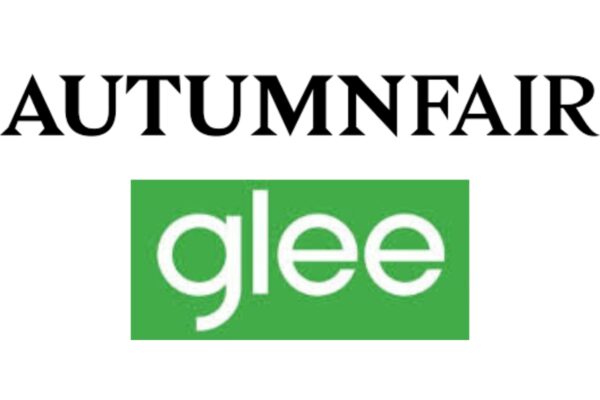 Right time, on trend, in stock: Why Autumn Fair is in tune with the evolving spirit of British retailing.
Right time, on trend, in stock: Why Autumn Fair is in tune with the evolving spirit of British retailing.
Change has become a constant in retailing over the last five years. Retailers and their suppliers have had to cope with changes in consumer behaviour and price perception, new selling channels, technology and even changing weather patterns.
As the consumer landscape changes, retailers and their suppliers are compelled to change accordingly. One very noticeable effect of this changing environment is the increasing tendency for retailers to buy little and often with specific seasons in mind, rather than forward planning 12 months ahead and bulk buying at the start of the year.
Tough economic conditions and the need to manage budgets prudently are important drivers of this shift, but the single biggest reason for changes to retailer buying patterns stems from the constant demand for new products from consumers.
That the market has become more unpredictable is evident, with most retailers struggling to gauge trends more than six months away from a particular season or special event. They want to eliminate the risk from buying, preferring to watch how market trends develop before committing themselves to new ranges in a big way. Those who do commit to large forward orders do so in order to guarantee their supply of a must-have brand or product from key manufacturers.
In the home and gift markets, which are so reliant on special occasions and seasonal events these factors have had far-reaching effects. Christmas is the key trading period for this market and consumer spending over the past few years has been pushed later and later.
In 2012 major spending did not start until the second week in December and other seasons are similarly affected, forcing retailers to reduce their seasonal inventory and aim to sell all stock by Christmas or Easter, for example. One of the less welcome effects of this strategy was seen over Easter 2012, when there was a widespread shortage of Easter Eggs around the country.
Halloween, meanwhile, has boomed, as the UK continues to be influenced by US trends. This occasion is set to reap about £355 mn this year, compared with £12 mn in 2001.
Perceptions of price have been changed by the success of online retailers as well as the rise of discount stores, forcing bricks and mortar outlets to offer bargain lines at trading times when they used to command peak prices.
While shoppers are hitting the streets or internet later and later, when they decide they want something, they want it instantly. Retailers require flexibility and speed to market from their suppliers in order to meet consumer demand while managing cash flow. The retailer/supplier relationship is crucial in the success of a retail business and retailers are prepared to change suppliers in order to attain the level of service they require
There is also growing demand for companies who can supply from closer to home without having to rely on lengthy overseas shipping schedules, as retailers seek to minimise the risk of orders being placed many months in advance and then not being fully delivered.
When it comes to preparing for Christmas, the majority of retailers now look to begin their buying three to six months out. This means that autumn trade exhibitions are ideally positioned for those who wish to place orders for either immediate delivery or delivery within 1 – 2 months. Increasing numbers of retailers are seeking suppliers that hold stock for immediate delivery.
For independent retailers with tight budgets who are on the hunt for inspired last-minute Christmas purchases, the September trade shows are an invaluable resource that you can’t afford to miss.

















